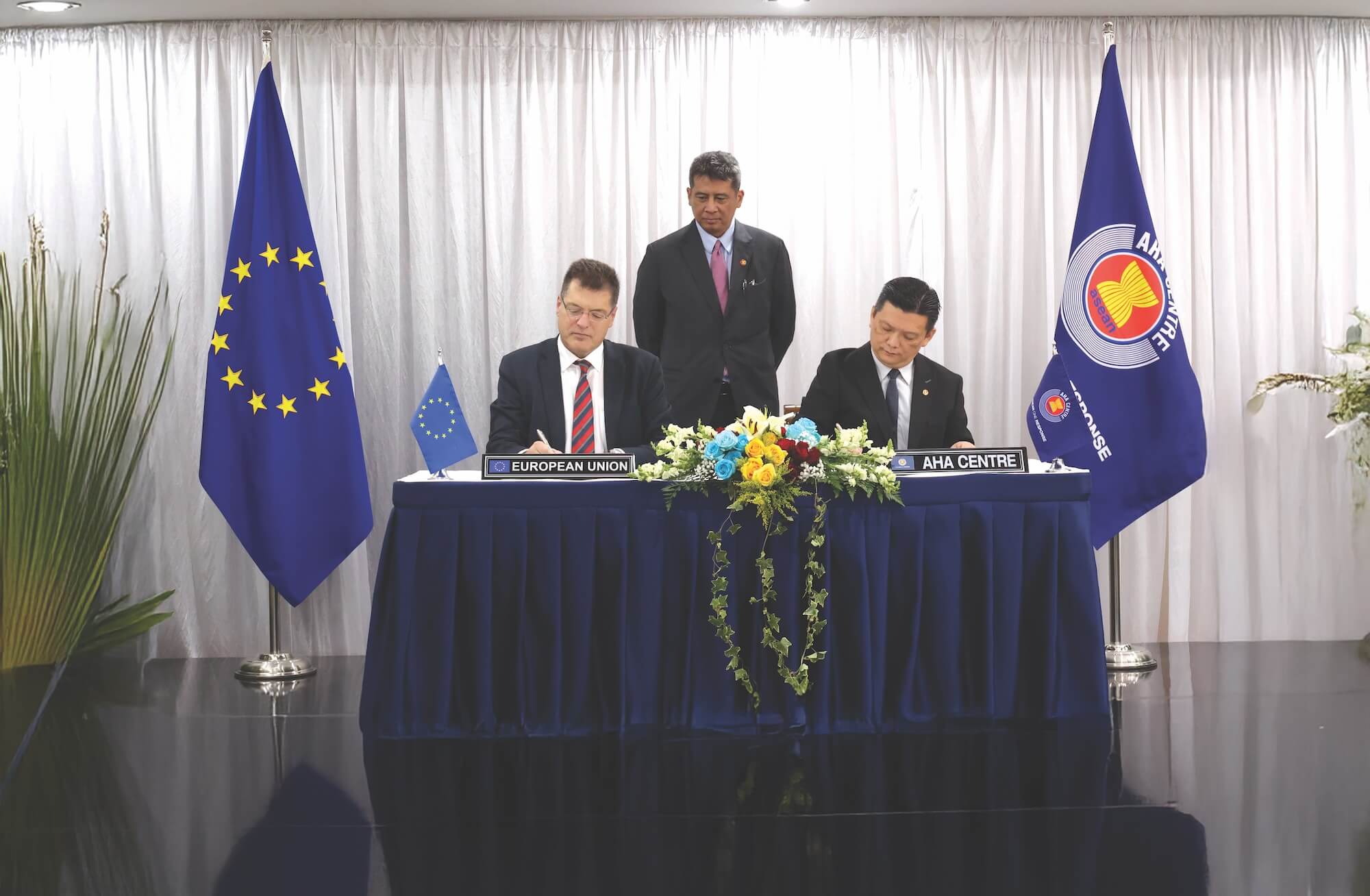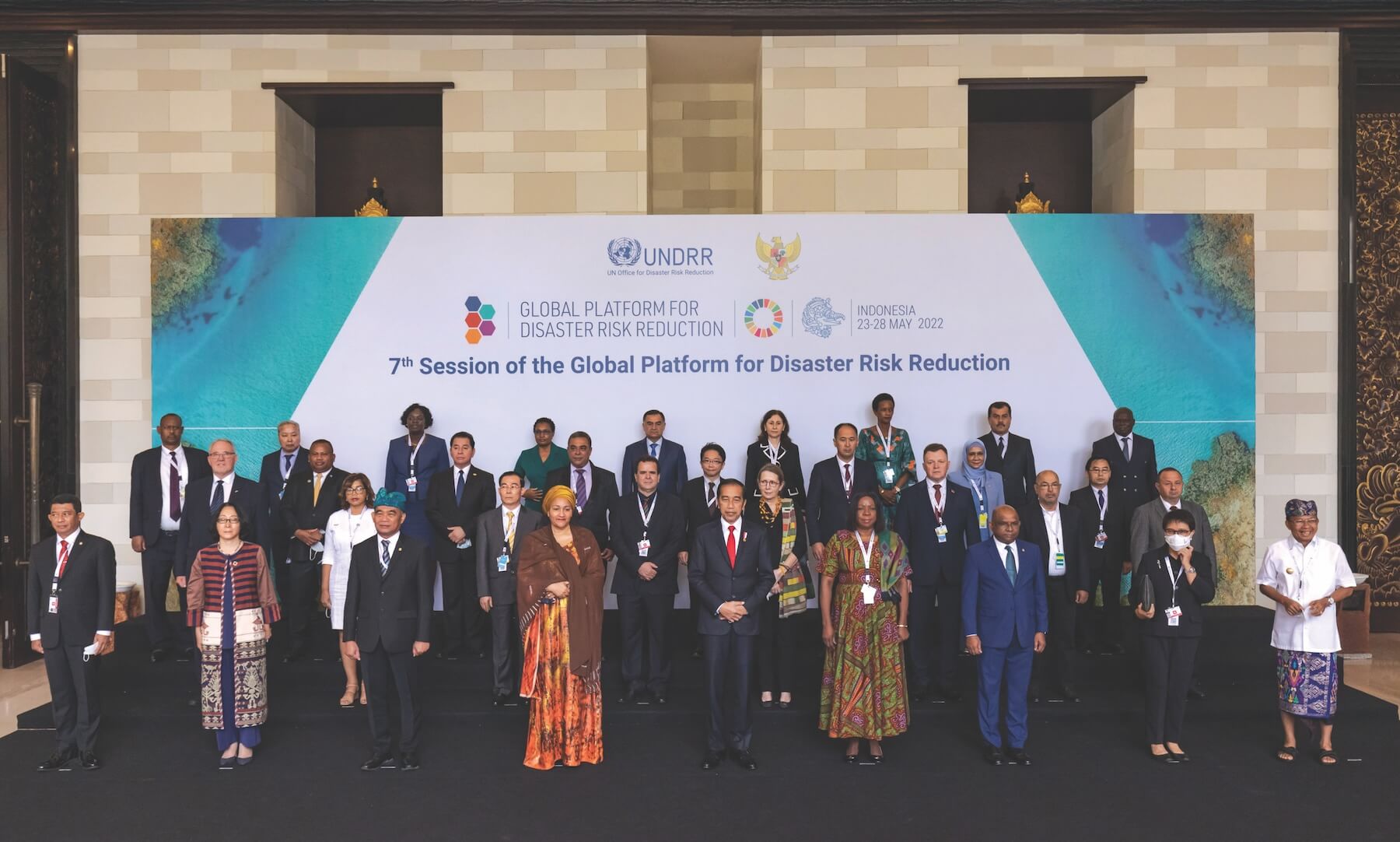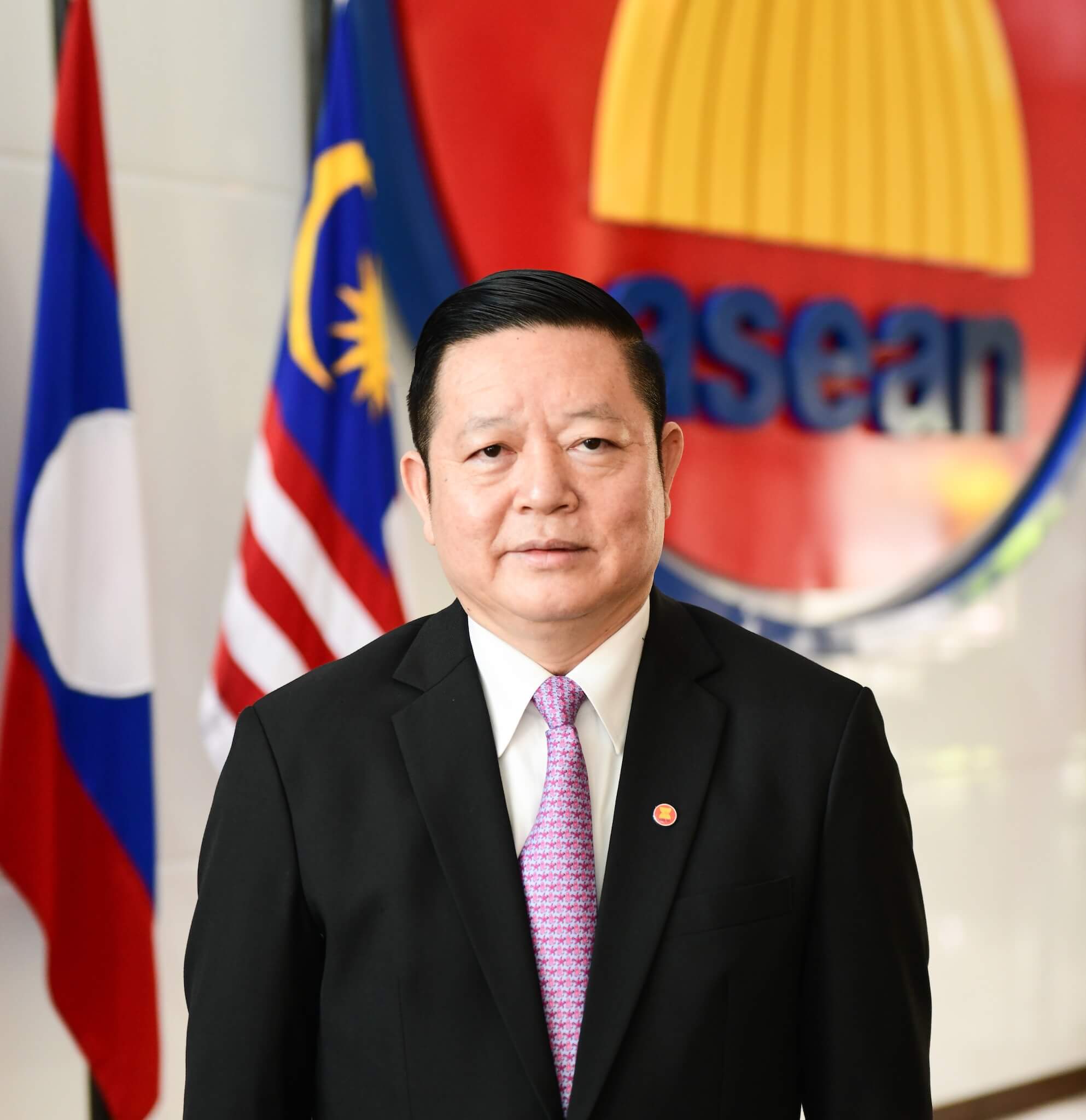




The World Intellectual Property Organization (WIPO) cooperates with ASEAN on many grassroots projects and institutional capacity-building endeavours. Year in and year out, numerous activities and events are organised to reach an increasing base of stakeholders from various sectors of society, from parliamentarians to senior government officials to industry drivers, small enterprises, and individual artists and musicians.
When requested, WIPO also engages in strategic initiatives with ASEAN to support its future planning and scenario reflections on development and regional challenges. These initiatives include the development of the ASEAN Intellectual Property (IP) Rights Action Plans, which outline regional IP priorities and initiatives aimed at contributing to the objectives of the ASEAN Economic Community (AEC).
The most recent strategic cooperation was the scoping study, conducted from October 2023 to September 2024. This study aimed to align IP development with ASEAN’s broader vision of becoming “Resilient, Innovative, Dynamic, and People-Centered” by 2045. It provides comprehensive analyses of the region’s IP landscape, identifying critical challenges, opportunities, and priorities. The study offers a neutral, objective, and data-driven assessment for the benefit of ASEAN Member States, developed through close consultation and collaboration with them.
The scoping study is a foundational document for IP cooperation across ASEAN Member States. It captures key areas where enhanced IP collaboration can drive economic growth, encourage home-grown innovations, and protect the rich diverse cultural heritage across ASEAN. By aligning national and regional priorities, the study acts as a strategic and policy light post, helping the region collectively pursue sustainable IP development, harmonise IP policies, and enhance the global competitiveness of ASEAN’s innovation and creative sectors.
Guided by WIPO’s Medium-Term Strategic Plan (MTSP) 2022-2026, the study was able to outline initial strategic areas where IP and innovation can drive economic growth across key clusters to 2045. These are in the digital, green, blue, creative, and science-technology clusters (called ”economies”). Identifying these economic drivers emerged from an extensive review of ASEAN’s strategic documents and a year of consultation with national IP offices. Each cluster was analysed in terms of intellectual property creation, protection and commercialisation potentials.
In the rapidly expanding digital economy, projected to reach 1 trillion US dollars by 2030, the IP system is crucial to incentivise and protect innovations in applying e-commerce, cloud computing, and artificial intelligence to benefit society. The study emphasises the need to align the IP legal framework and institutional services to support it, particularly in software, mobile apps, video gaming, and AI-generated content management.
For a green economy, IP can be utilised to generate new technologies and scout existing patented technologies for use in the region. The latter will require collaborative efforts to customise the technologies, even upgrades at times, for suitable application to the unique environs of the region. As such, IP-based transactions and deployment mechanisms will be critical. Clearly, IP will stimulate investment in products using sustainable technologies and facilitate cross-border licensing.

The blue economy is all about achieving sustainable marine resources and safeguarding them. It requires a robust IP protection framework. Innovations in marine biotechnology, fisheries, and ocean-based industries will flourish with proper IP management. The study highlights the importance of enabling structures for IP rights to balance with equitable access to marine genetic resources.
In the creative economy, IP plays a critical role in supporting artists and artisans in producing culture-rich heritage products. IP also enables the secure digital distribution of said products to a wider market. The study highlights the impact of IP on improving lives and providing livelihood even to marginalised communities, who are usually the custodians of unique traditional knowledge and cultural expressions.
For science, technology, and innovation to flourish, the study calls for closer collaboration among various actors of the ecosystem—government, industry, and the academe. It recommends establishing high-level inter-ministerial governance platforms to work across the usual silos to drive coherent policies and accumulative actions.
The study also proposes possible actions to streamline IP processes, reduce costs, strengthen IP mechanisms, and develop IP expertise in various disciplines. These measures will help position ASEAN as a global player in innovation while ensuring inclusive, equitable progress across the region. By aligning IP work with these priority “growth drivers,” IP will help to achieve an integrated, innovative, and competitive economic bloc by 2045 while maintaining a balance between rights holders’ interests and public access to innovation.
The study concludes by suggesting a comprehensive framework of five interconnected strategic directions. Strengthening the national IP regimes is the foundation of a robust IP framework. The study outlines areas to modernise IP institutions, expand services to a growing population of IP generators, and align these efforts to international trends and standards. The study emphasises the need for rapid digital transformation and work-sharing among IP offices to support open innovation and intra-regional economic activities. This includes the harmonisation of regulatory and operational frameworks across ASEAN. The study suggests further exploring establishing a regional IP filing and processing mechanism that builds on existing cooperation mechanisms to achieve an inter-connected cohesive regional nexus in IP management.
Another strategic focus is on monetising and valorising IP assets for commercialisation. It includes raising the capacity of ASEAN professionals to use and manage IP and ASEAN businesses in recognising and securing intangible assets. The study recommends creating effective marketplaces and interlocutor networks, alongside improved acceptable valuation and licensing approaches, to benefit more MSMEs and startups.
Of course, IP enforcement remains important in the future, and the study recommends deep diving into the challenge of infringement and experimenting with novel public sensitising programmes coupled with strengthened cooperation on enforcement actions. Particularly notable is the emphasis on addressing digital piracy and counterfeiting challenges through enhanced stakeholder dialogue and coordinated enforcement actions.
Finally, the study underscores the importance of making IP policies and frameworks work for sustainable and inclusive growth. The study talks about protecting genetic resources and traditional knowledge and empowering women, youth, and disadvantaged groups, to make IP an integral part of the solution to address society’s problems.
The study concludes that success in making IP central to ASEAN’s priorities will require high-level ministerial commitment and cross-agency coordination—a whole government approach. Through a comprehensive ecosystem approach to developing IP, ASEAN can effectively harness IP as a catalyst for regional economic integration, transformation, and future-proofing.
In sum, the study provides ASEAN much to reflect on through the next five years (2030) and 20 years (2045), positioning the region as an important centre in the global knowledge economy while ensuring no Member State is left behind in the journey towards an ASEAN Community Vision 2045.








